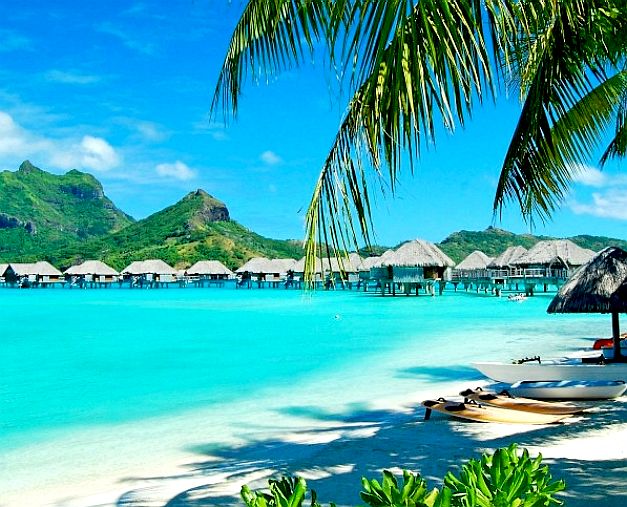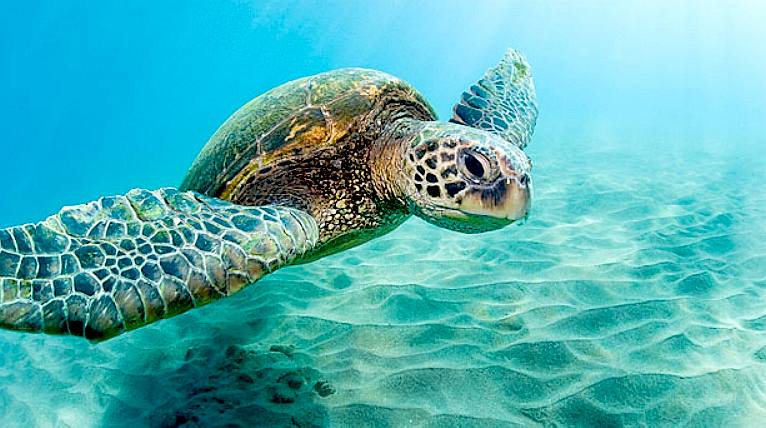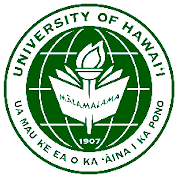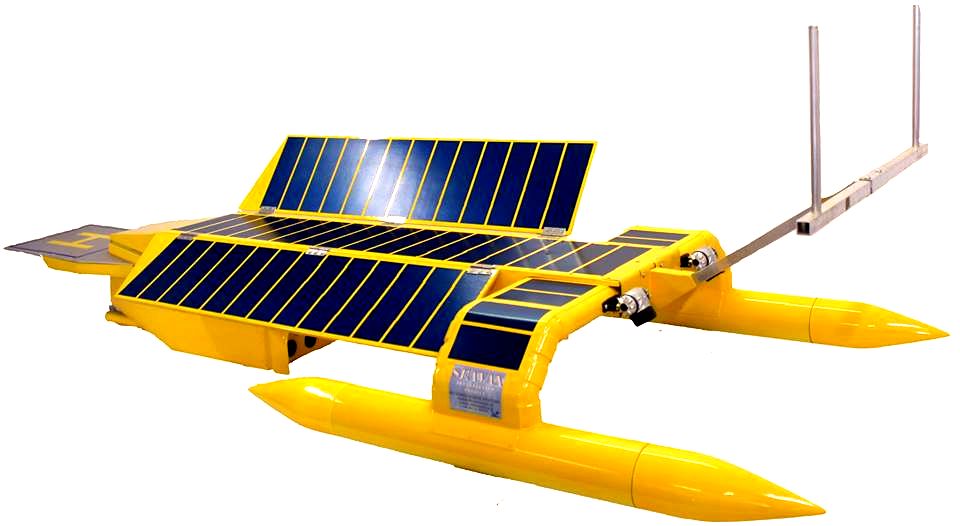|
HAWAII UNIVERSITY - National Marine Renewable Energy Center
|
|||||||||||||||||||||||||||||||||||||||||||||||||||||||||||||||||||||||
|
HISTORY
The University of Hawaii System includes 10 campuses and dozens of educational, training and research centers across the Hawaiian Islands. As the public system of higher education in Hawai‘i, UH offers opportunities as unique and diverse as their Island home.
The 10 UH campuses and educational centers on six Hawaiian Islands provide unique opportunities for both learning and recreation.
Economic development UH is the State’s leading engine for economic growth and diversification, stimulating the local economy with jobs, research and skilled workers.
UH academic offerings range from certificate and vocational through doctoral programs.
Shared values of the UH system include aloha, collaboration, respect, intellectual rigor, integrity, service, access, affordability, diversity, fairness, leveraged technology, innovation, accountability and sustainability.
Hawai‘i’s position between east and west, in the middle of the Pacific, creates opportunities for international leadership and influence. Asia/Pacific expertise permeates the university’s activities.
OTEC
Makai Ocean Engineering has received a $3.6 million contract from the Hawaii Natural Energy Institute and the Office of Naval Research for research and design on the marine renewable energy known as Ocean Thermal Energy Conversion, or OTEC. Makai will perform this work at their Ocean Energy Research Centre, located in Kona, Hawaii, which is the largest OTEC research facility in the world.
OTEC holds great promise because the tropical ocean is earth’s largest solar collector. According to Dr. Joseph Huang, a senior scientist at the U.S. National Oceanic and Atmospheric Administration, “If we can use one percent of the energy [generated by OTEC] for electricity and other things, the potential is so big. It is more than 100 to 1,000 times more than the current consumption of worldwide energy. The potential is huge. There is not any other renewable energy that can compare with OTEC.”1 OTEC is unique among renewables because it can provide large quantities of base load (constant) electricity. France, Korea, Japan, and China also have active OTEC development programs.
Makai will work on two initiatives to serve the ultimate goal of making commercial OTEC a reality: designing, manufacturing and testing an improved heat exchanger for OTEC, and connecting power from its OTEC plant to the electric grid on the Island of Hawaii.
OTEC THERMAL RESOURCE
P.I.: Assoc. Prof. Gerard Nihous, Department of Ocean and Resources Engineering
Objective: (i) Document the ocean thermal resource; and (ii) Analyze potential OTEC worldwide sustainable energy production.
One might ask: is OTEC renewable energy? The simple answer is that as long as the sun shines and, if and only if, deep-ocean cold water is provided by the thermohaline circulation the ocean thermal resource is renewable. A pertinent question, however, is: what is the worldwide power resource that could be extracted with OTEC plants without affecting the thermohaline ocean circulation? Our estimate is that the maximum steady-state OTEC electrical power is about 14 TW (Terawatts) corresponding to 250,000 plants of the kind described in the “OTEC Power Production” link below. These would be deployed throughout the OTEC region in the exclusive economic zone (EEZ) of ninety-eight nations. This power rating corresponds to 77% of the current worldwide annual energy consumption (Global OTEC Resources_2013).
Ocean Thermal Resource.- The temperature difference between 20 m and 1000 m water depths gives a good indication of available OTEC resources across tropical oceans. For example, values less than 18°C may not be economically viable for OTEC power generation. The NOAA National Ocean Data Center’s World Ocean Atlas (WOA) database (2005 version) was used to construct the link given below which shows the annual and monthly averages of the temperature difference (between 20 m and 1000 m depths) across the world oceans on a quarter-degree horizontal grid. The link TemperatureDifferentialWOA2005 provides the user with a color coded world map of the annual average temperature difference. The user can choose any region of interest defined by specific latitude and longitude ranges to view color-coded data of the annual average temperature difference as a function of latitude and longitude. Further, clicking on any location gives a plot of monthly averages of the temperature difference there.
OTEC Power Production.- An estimate of OTEC power production capabilities can be made with the temperature difference data available from the WOA database. The link PowerMaps gives annual and monthly averages of the power that would be produced by a single generic OTEC plant rated at 100 MW in standard conditions (seawater temperature difference of 20°C between 20 m and 1000 m depths, and seawater temperature of 300 K at 20 m depth). The standard conditions, along with other realistic assumptions are found in: OTEC Summary Aug 2012. The display is limited to a latitude band between 30°S and 30°N. The link provides the user with a color-coded distribution of OTEC power production from the generic 100 MW plant, in GWh per year. The user can choose any region of interest between 30°S and 30°N to view detailed values of annual average power. Further, clicking on any location provides the user with a plot of the monthly averages of net power there, in GWh per month.
CONTACTS
Luis A. Vega, Ph.D. (808) 956-2335 (voice); (808) 956-2336 (fax)
MARINE ACADEMIC INSTITUTIONS A-Z
Australian Maritime - Geneve - Hawaii Renewable - NERC - Newcastle Naval
NOC Oceanographic - Plymouth - Portsmouth - Queensland - Seoul Naval - SOTON
Strathclyde
Marine - Sussex
- TU
Delft - USP South
Pacific - Webb
Institute
LINKS
Hawai’i Marine Energy Resources Biofouling/Biocorrosion Studies Wind Modeling as Input to Wave Forecasting http://hawaii.edu/ http://hinmrec.hnei.hawaii.edu/ http://ship.snu.ac.kr/ http://www.amc.edu.au/ http://www.gavia.is/ http://www.strath.ac.uk/na-me/
INNOVATION - The Bluefish SNAV platform is enabling technology for ZCCs of the future, with this particular variation designed to vacuum up plastic ocean waste, presently under development by British engineers in the UK, though collaboration is invited from any other country in the world. The design uses no diesel fuel to sweep the oceans 24/7 and 365 days a year if necessary - only possible with the unique energy harvesting system. The hullform is ideal for automatic release and recovery of AUVs, ROVs - especially useful for the release of mammals trapped in discarded fishing nets. This vessel pays for itself in fuel saved every ten years.
ACIDIFICATION - ADRIATIC - ARCTIC - ATLANTIC - BALTIC - BERING - CARIBBEAN - CORAL - EAST CHINA ENGLISH CH - GOC - GULF MEXICO - INDIAN - MEDITERRANEAN - NORTH SEA - PACIFIC - PERSIAN GULF - SEA JAPAN STH
CHINA - PLASTIC
- PLANKTON - PLASTIC
OCEANS - SEA
LEVEL RISE
- UNEP
Humpback whales and many other species regularly get caught up in floating fishing nets in and around Hawaii.
|
|||||||||||||||||||||||||||||||||||||||||||||||||||||||||||||||||||||||
|
This website is Copyright © 2015 Bluebird Marine Systems Ltd. The names Bluebird™, Bluefish™, SeaNet™, SeaVax™ and the blue bird and fish in flight logos are trademarks. The color blue is an essential element of the marks. All other trademarks are hereby acknowledged.
|
|||||||||||||||||||||||||||||||||||||||||||||||||||||||||||||||||||||||




